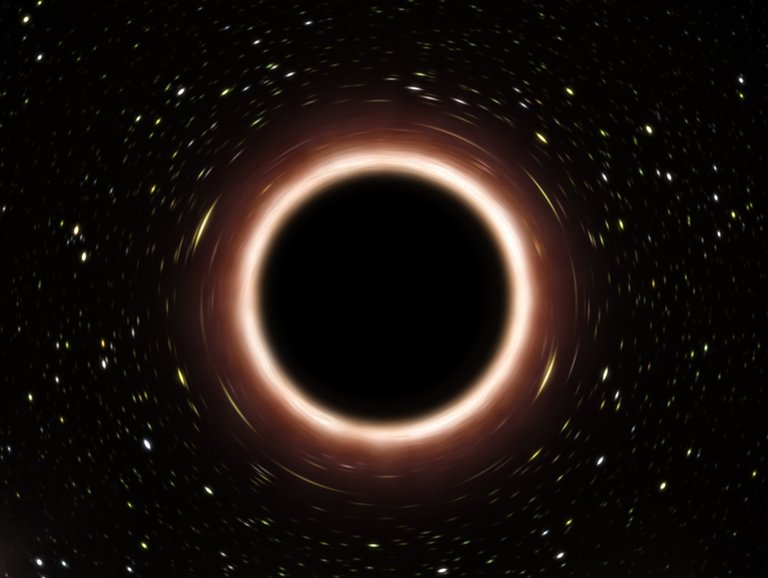Black holes

Source
Black holes are regions of space-time with such intense gravity that nothing, not even light, can escape their pull.
They form when a massive star collapses under its own gravity after exhausting its nuclear fuel. The result is a region of infinite density and extreme curvature in space-time, known as a singularity.
There are different types of black holes, classified according to their mass and characteristics.

Source
There are stellar black holes, which form from the collapse of massive stars, usually with masses several times that of the Sun, then there are supermassive black holes, which are found at the centre of galaxies and can have masses equivalent to millions or even billions of times the mass of the Sun.
An intriguing feature of black holes is their event horizon, which is a kind of "point of no return". Once something crosses this boundary, be it matter, light or even information, it cannot escape and is doomed to fall into the black hole.
Black holes also have fascinating effects on their surroundings. They can warp space-time, cause phenomena such as gravitational lensing and emit Hawking radiation, which is a form of thermal radiation theorised by physicist Stephen Hawking.

Source
Despite their popularity in science fiction and their fascinating nature, black holes remain an active area of study and there is still much we do not understand about them.
Scientists are investigating how they form, how they interact with their environment and how they affect the universe at large.
The closest known black holes to the solar system are thousands of light years away, which is quite a considerable distance. One of the closest known black holes is called V616 Monocerotis, also known as A0620-00. It is located in the constellation Monoceros, about 3,000 light-years away from Earth.
0
0
0.000
0 comments